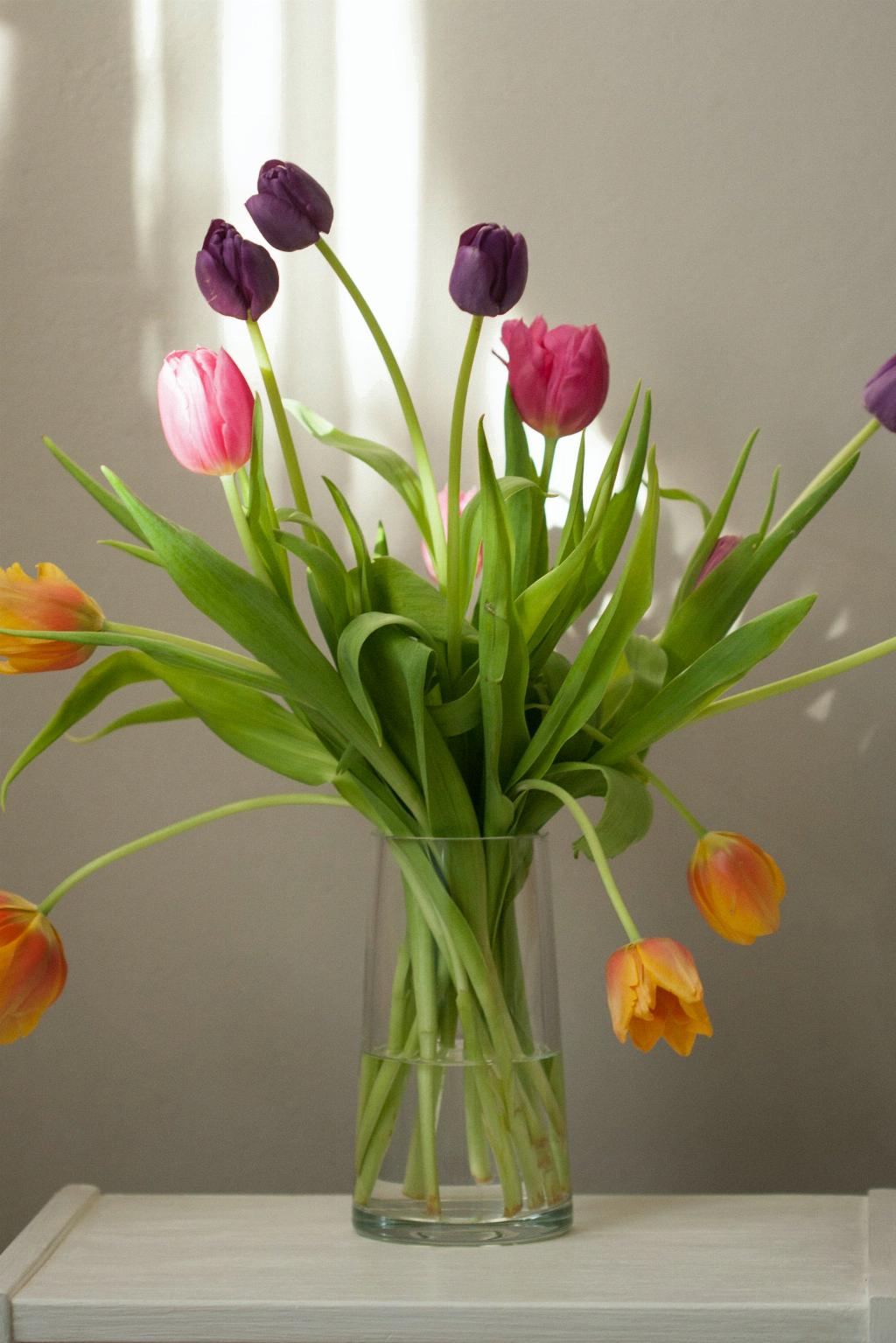When it comes to planting tulips, getting the depth just right is key to ensuring your bulbs bloom beautifully come springtime. The general guideline to follow is to plant your tulip bulbs two to three times as deep as the bulb itself is tall.
For larger tulip bulbs, such as those typically used for classic varieties like the Triumph tulip, planting them around 6 inches deep is recommended. This depth allows the bulb to establish strong roots and ensures it has enough soil coverage to protect it during the winter months.
On the other hand, if you’re working with smaller tulip bulbs, such as those found in botanical or species tulip varieties, a planting depth of 3-4 inches should suffice. These bulbs don’t require as much soil coverage, but planting them too shallow could leave them vulnerable to temperature fluctuations.
It’s important to note that the soil conditions in your garden can also impact the planting depth of your tulip bulbs. If you have heavy or clay-like soil, you may want to plant your bulbs slightly shallower to prevent waterlogged conditions that can lead to bulb rot.
Conversely, if your soil is sandy or loose, planting your tulip bulbs a bit deeper can help anchor them securely and provide better insulation against the elements. This is especially crucial in regions with harsh winters or frequent freeze-thaw cycles.
Another factor to consider when determining the planting depth for your tulips is the climatic conditions in your area. In colder regions, where the ground freezes deeply during winter, planting your bulbs slightly deeper can offer additional protection from frost heaving.
When preparing your planting beds for tulips, make sure to loosen the soil to a depth of at least 8-10 inches to provide ample room for root growth. Incorporating organic matter, such as compost or peat moss, can also help improve drainage and nutrient retention for your bulbs.
Before planting your tulip bulbs, it’s a good idea to add a layer of bulb fertilizer or bone meal to the bottom of the planting hole. This will provide essential nutrients to support healthy growth and blooming once spring arrives.
When placing your bulbs in the ground, position them with the flat side facing down and the pointed end facing up. This orientation will help the bulbs send out shoots in the right direction and ensure they emerge from the soil properly.
After planting your tulip bulbs at the appropriate depth, be sure to water them thoroughly to help settle the soil and initiate the growth process. Keep the soil consistently moist but not waterlogged, especially during the early stages of bulb development.
Throughout the growing season, monitor the moisture levels in your planting beds and adjust your watering schedule as needed. Tulips prefer well-draining soil, so be mindful of overwatering, which can lead to bulb rot and other issues.
By following these guidelines for planting depth and providing optimal care for your tulip bulbs, you can look forward to a vibrant and colorful display of blooms in your garden when spring arrives. With proper planning and attention to detail, your tulips are sure to thrive and brighten up your outdoor space.

